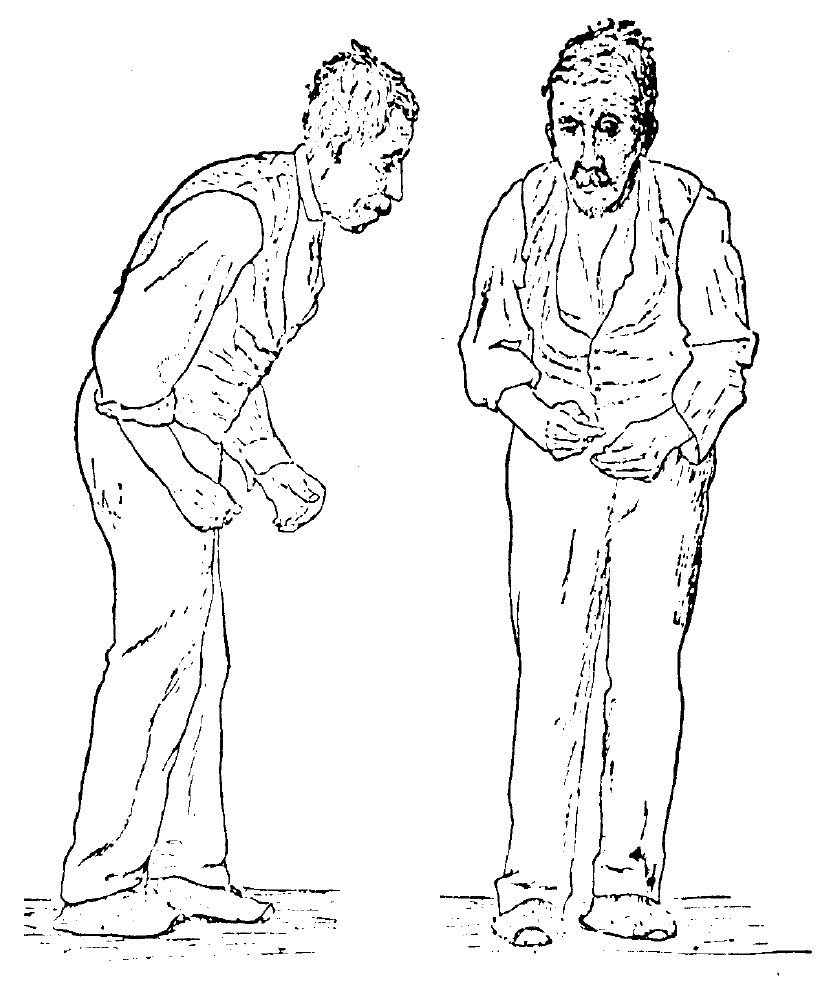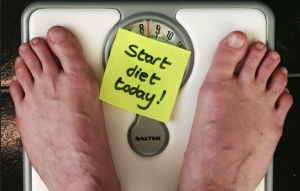Imagine if we could change the levels of proteins in our body the same way we make changes on our iPhones, that is, quickly, efficiently, reliably, and reversibly (“reset button”). This may seem highly unlikely. However, Wu Yang Jin and his lab succeeded in developing a new approach to alter the levels of specific proteins in rats. Proteins are crucial for humans as they perform a wide variety of functions such as building, maintaining and replacing tissues in our bodies.

Alzheimer’s disease is characterized by too much proteins in the brain called amyloid-beta plaques. Source: Flickr Commons. Credit to: alle banane
Proteins are indeed critical for our survival. However, inappropriate levels of proteins can also be harmful to humans, as is the case in Parkinson’s disease and Alzheimer’s disease. The method by Jin and his colleagues could be of importance when considering new research avenues to overcome shortcomings of protein manipulations in current clinical research. His research may lead to promising treatment options for treating human diseases such as Parkinson’s disease. Below is a video description of the plaque formation that causes Alzheimer’s disease.
Credit: Danton O’Day
As opposed to current techniques that regulate levels of proteins, Jin’s proposed method allows to remove proteins quickly and reversibly, such that proteins can regain their initial states, if need be. Specifically, his method consists of injecting a small protein, known as a peptide, into an organism. The peptide has the ability to track down specific proteins and eliminate them in order to bring the levels of proteins back to normal. An additional feature of this new method is that the peptide can remove targeted proteins in the brain. Due to its small size, the peptide can cross the blood brain barrier (BBB) and can enter the brain from the circulatory system. The BBB is a barrier that protects the brain from harmful compounds that could present in the circulatory system.
https://www.youtube.com/watch?v=Un_x59nQiIg
Credit: Daniel Hsiao, Harrimal Cheema, Sara Lariviere, and Amirhossein Tashakor
Jin has demonstrated the efficiency of the method by reducing the levels of various proteins. One such example targeted a protein called death-associated protein kinase 1 (DAPK1), which plays an important role in triggering cell death after a stroke. The implication of this protein is that it kills cells in the brain after a stroke, thereby increasing irreversible damage in the brain. When Jin and his colleagues injected the peptides into the circulatory system of stroke induced experimental rats, they found that the peptides successfully targeted and eliminated DAPK1 in areas of the brain affected by the stroke. As a result, damage done by the stroke were immensely reduced.

Parkinson’s disease is associated with symptoms such as resting tremor, postural instability, and slow walking. Source and Credit to: Wikipedia Commons.
In the podcast, we explained the paper in more detail.
https://www.youtube.com/watch?v=WtC5HhFQNHA
Credit to: Daniel Hsiao, Harrimal Cheema, Sara Lariviere, and Amirhossein Tashakor
Daniel Hsiao, Harrimal Cheema, Sara Lariviere, and Amirhossein Tashakor



























